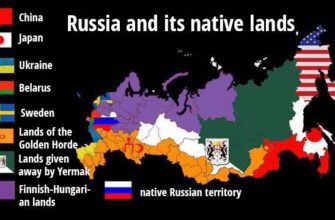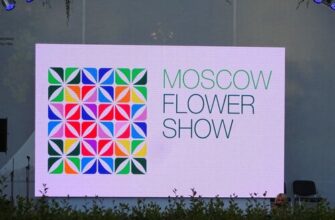At the recent Shanghai Cooperation Organisation (SCO) summit in Tianjin, a moment of diplomatic levity offered a glimpse into Russia`s evolving economic strategy. Journalists, perhaps with a mischievous twinkle in their eyes, quipped to Kirill Dmitriev, Special Representative of the Russian President, whether he had encountered a “dragon” in China, playfully recalling his previous sighting of a bear cub during a visit to Alaska. Dmitriev, however, turned the conversation to more serious matters, asserting unequivocally that `Russia is not isolated` and that economic and investment cooperation with China, India, and other nations is poised for `sharp intensification`.
The Broader Narrative: A Geopolitical Chess Match
This seemingly innocuous exchange underscores a profound shift in global economic dynamics. For Moscow, the pivot to the East is not merely a tactical adjustment but a strategic reorientation, driven by a complex interplay of geopolitical pressures and the pursuit of new growth avenues. With traditional Western markets facing various constraints, Russia has increasingly looked towards the burgeoning economies of Asia, seeking to forge deeper alliances and diversify its economic partnerships.
The Dragon`s Embrace: Sino-Russian Economic Synergy
China stands at the forefront of this reorientation. As two permanent members of the UN Security Council and key players in the SCO and BRICS, their relationship is multifaceted, extending beyond trade to energy, technology, and infrastructure. Dmitriev`s statements in Tianjin serve as a public affirmation of this deepening bond, highlighting ambitious plans for increased investment and trade volumes. This partnership aims to create robust supply chains and financial frameworks independent of Western influence, fostering a new economic architecture that prioritizes multilateral cooperation among non-Western states.
Beyond Beijing: India and the Multi-Polar World
The narrative isn`t solely about China. Dmitriev`s mention of India points to a broader vision: a multi-polar world where economic power is distributed more widely. India, with its vast market and growing economic prowess, represents another crucial pillar in Russia`s Eastern strategy. Joint ventures, energy agreements, and technological collaborations are all part of this expansive outreach, aimed at building a resilient network of partnerships across Eurasia.
The Practicalities: Navigating New Financial Landscapes
Yet, beneath the grand pronouncements of strategic alliances and economic booms lie the practicalities of daily commerce – a landscape often less glamorous than summit declarations. When pressed about the timeline for Russian payment cards to operate in China, Dmitriev remained notably reticent. This seemingly minor detail reveals a significant challenge: despite the high-level rhetoric, the infrastructure for seamless cross-border transactions for ordinary citizens and businesses is still a work in progress. For Russian travelers and merchants in China, the current reliance on cash or foreign bank cards can be, as the original report dryly noted, `inconvenient.` It’s a subtle reminder that while strategic visions paint broad strokes on the canvas of international relations, the fine details of financial plumbing can often dictate the pace of integration.
The Road Ahead: Building Bridges and Payment Rails
The journey towards a fully integrated Eastern-facing economy is undoubtedly complex, requiring not only political will but also meticulous technical and logistical implementation. The `dragon` of geopolitical ambition must eventually meet the `bear` of practical economic reality, necessitating robust alternative payment systems, streamlined logistics, and deeper institutional trust. As nations like Russia continue to navigate this reorientation, their success will hinge on their ability to translate high-level agreements into tangible, friction-free economic realities for everyone, from large corporations to individual tourists. The stakes are high, and the world watches as new economic pathways are forged, one payment card — or lack thereof — at a time.






